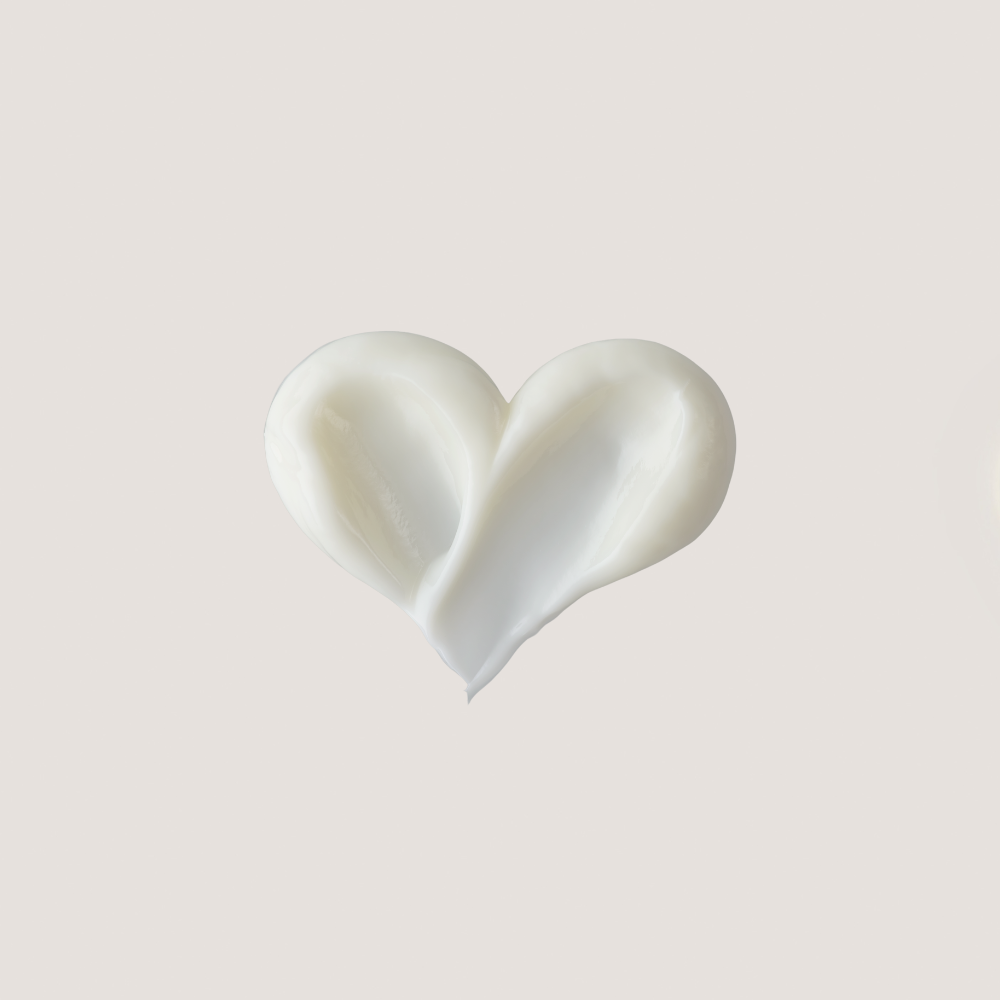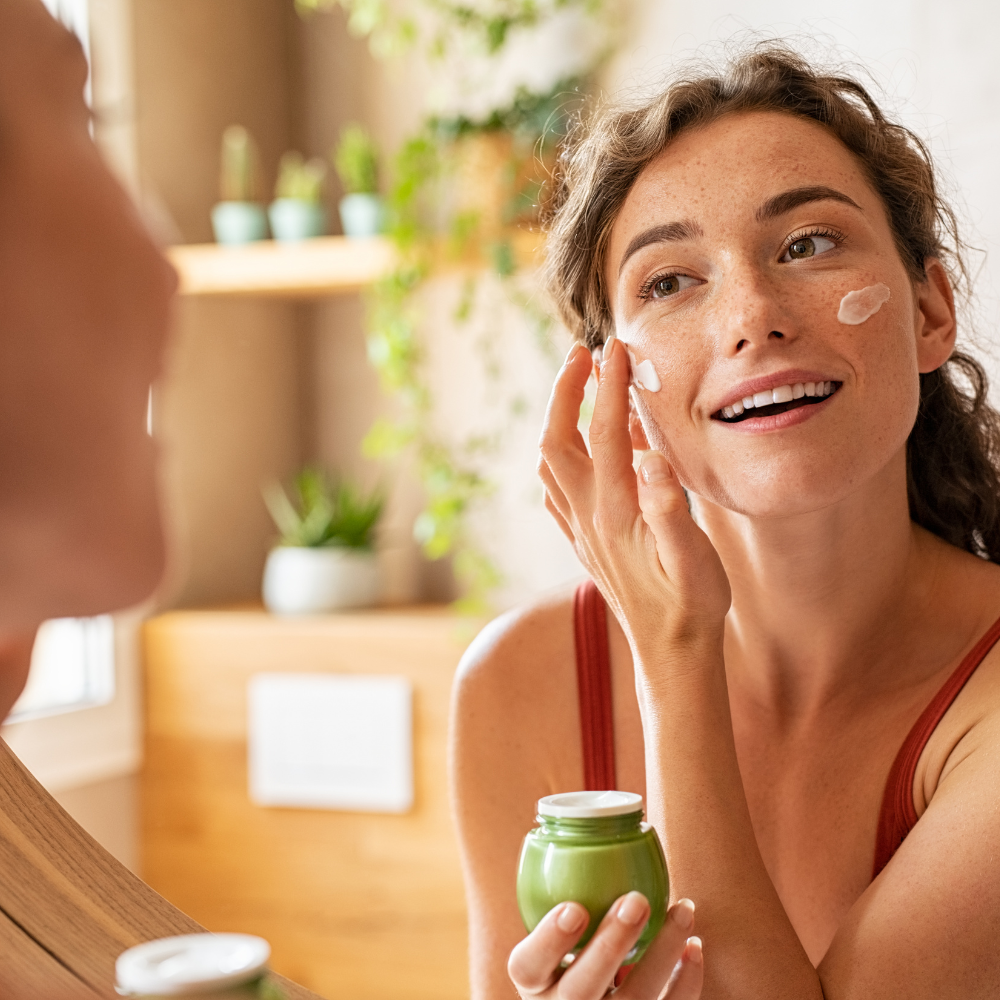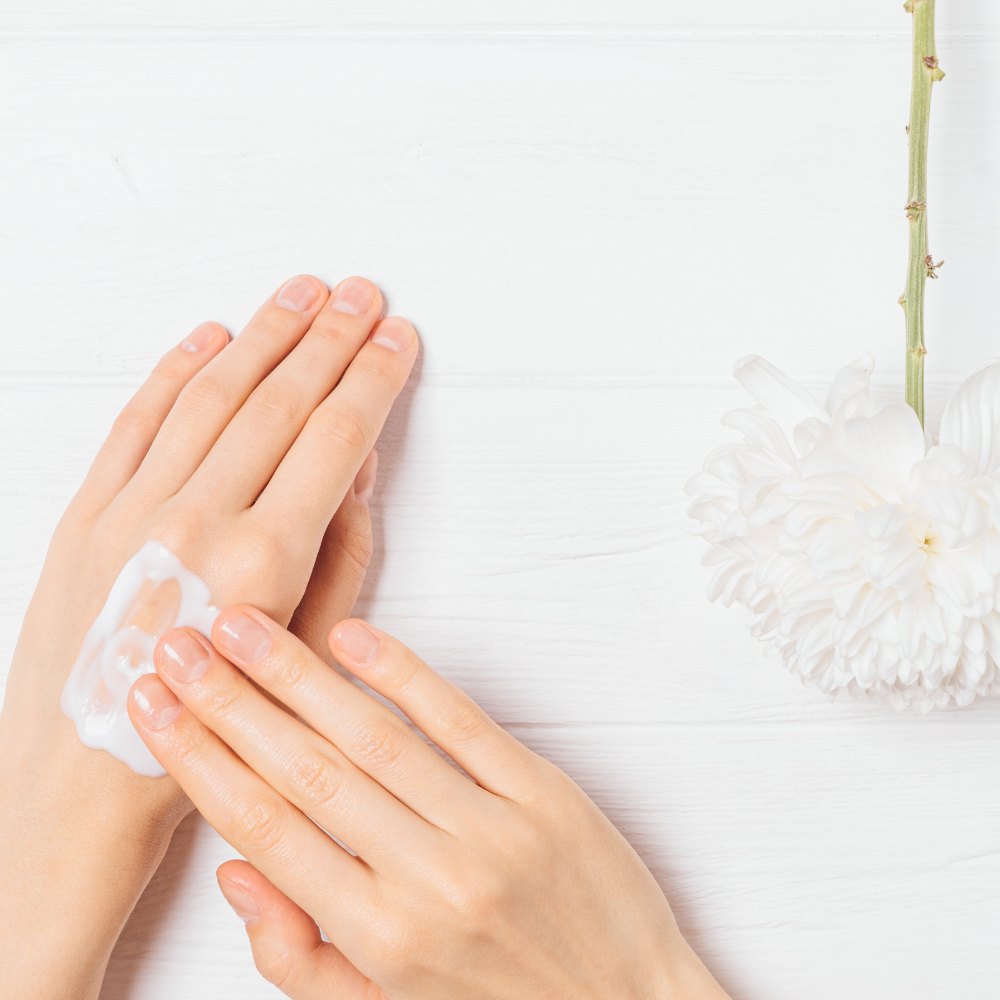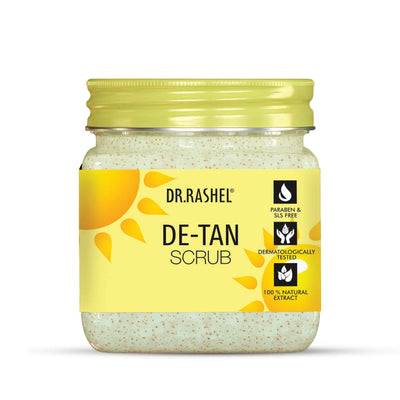
Table of Contents
- What is a Face Moisturizer?
- Common Ingredients Found in Moisturizers
- Importance of Using Moisturizer Everyday
- How to Use a Moisturizer?
- How to Choose a Moisturizer According to Skin Type?
- What is the Best time to apply a Moisturizer?
- Summary
- FAQ’s
Did you know? Egyptians were among the earliest people to use a moisturizer. Not the evolved ones we use today but they applied oils and natural ingredients like honey and milk (which contains lactic acid) to hydrate and protect the skin. Even Greeks and Romans recognized the importance of keeping the skin moisturized in harsh climates.
Later in the 19th century, cosmetics companies began experimenting to create more effective moisturizers. Active ingredients like hyaluronic acid were added to moisturizers creating a significant breakthrough.
Through time and constant evolution, moisturizer still remains a key player in skincare. With this blog we'll understand what moisturizers are, their importance and how to choose and use them effectively.

What is a Face Moisturizer?
Just like the name says, moisturisers are designed to add moisture to your skin keeping it hydrated, nourished and protected. It strengthens and repairs the skin's natural barrier to keep skin soft, supple and shields against harmful substances. Moisturizers increase the water content of the skin thus maintaining a healthy balanced skin.
Moisturizers come in various formulations like thick creams, light lotions, gels and oil-based creams. Whichever form they come in, they prevent the skin from drying out, lock in moisture and promote an overall refreshed skin.
Common Ingredients Found in Moisturizers:
Emollients
They are ingredients that help soften and soothe the skin. They fill in the gaps between skin cells which improves the skin texture. Common Emollients are shea butter, cocoa butter and jojoba oil. They are suitable for dry and rough skin.
Humectants
Humectant helps to maintain hydration in the skin. They attract water or moisture from the environment to the skin. Common Humectants are glycerin, hyaluronic acid and aloe vera. They are suitable for all skin types, especially dry skin.
Occlusives
Occlusives are ingredients that help prevent water loss and lock in moisture. They create a barrier on the skin's surface that seals in hydration. Common humectants are petroleum jelly, beeswax and mineral oil. They are suitable for dry and sensitive skin types.

Importance of Using Moisturizer Everyday
It's a pretty well known fact that moisturizers are an essential for everyday use. Here's a few scientific reasons to back the previous statement:
Hydrates
The skin is exposed to environmental factors that can dry it out. Moisturizers restore the skin's water content and prevent further water loss. This keeps the skin smooth and supple. Ingredients like glycerin, hyaluronic acid and ceramides draw and retain moisture to the skin.
Improves Skin Barrier
The skin's natural moisture barrier is responsible for protecting the body from bacteria and irritants. Moisturisers support the skin barrier to fight these harmful things. Ingredients like ceramides, lipids and fatty acids repair and enhance the skin barriers strength.
Prevents Premature Aging
Environmental stressors like pollution, UV rays and harsh weather conditions can cause skin to age and get damaged. Moisturizers keep the skin well-hydrated. This increases skin elasticity and resilience which reduces the appearance of fine lines and wrinkles. It also plumps up the skin making you look more youthful.
Improves Skin Texture
Dry skin feels tight and flaky and Oily skin has clogged pores causing the skin to have a rough texture. Moisturizers help to balance sebum production according to skin type and makes skin feel more soft and smooth.
How to Use a Moisturizer?
A step-by-step guide to applying a moisturizer for the most beneficial results:
Step 1: Clean Your Face
Clean your skin and make sure to remove all dirt, oil and makeup with a gentle cleanser before applying a moisturizer.
Step 2: Leave Skin Damp
After cleansing, do not completely dry your skin. Leave it damp as it is the best time to apply a moisturizer. This helps lock in the moisture and boosts the effectiveness of the moisturizer.
Step 3: Take Ample Moisturizer
Take a sufficient amount of the moisturizer and apply it in dots on your face. Spread the product evenly and cover all areas on your face.
Step 4: Massage Your Face
Using your fingertips, massage the product into your skin until it has absorbed. Be gentle and make light, upward strokes. This improves blood circulation and lets the product better absorb into the skin.
Step 5: Apply On Neck Too
Apply the leftover products on your hands, to your neck and chest area. These areas too need moisturization to keep skin looking youthful and hydrated.
Additional Expert tips:
- Using too much product may not result in extra benefits, so using a nickel-sized amount on your face is enough.
- Apply skincare products in the right order. Apply a toner and serum and then follow it up with a moisturizer.
- Massage your skin to enhance blood circulation and keep skin firm and toned.
How to Choose a Moisturizer According to Skin Type?
Dry skin
Dry skin is caused by skin losing water too quickly, making it dehydrated. Cream-based moisturizers best suit dry skin as they are thicker and packed with more moisture and nourishment.
Oily skin
Oily skin is caused by excess sebum production, leading to clogged pores. Gel-based or oil-free formulations hydrate oily skin without contributing to excess oil and clogged pores that lead to breakouts.
Combination skin
Combination skin has both dry and oily skin. The T-zone is usually oily while the cheeks are dry. Lightweight moisturizers address both needs and hydrate the skin without being too heavy on combination skin.
Sensitive skin
Sensitive skin is prone to irritation, redness and allergic reactions. Non-comedogenic and fragrance-free formulations with gentle ingredients are ideal to avoid causing irritation to sensitive skin.

What is the Best time to apply a Moisturizer?
In morning
After you cleanse your face in the morning, your skin needs that boost of moisture. Moisturizing your skin in the morning helps lock in hydration and strengthens the skin's barrier for the rest of the day. Opt for moisturizers containing SPF to get extra protection from the sun too.
At night
Your skin repairs and regenerates throughout the night. Moisturizing your skin at night time before you get in bed supports the skin's natural overnight process and keeps it hydrated while you sleep. Opt for active or intense treatments that add extra benefits to the skin.
Summary,
Moisturizers have played a crucial role in maintaining healthy, plump skin for centuries. Skincare has evolved a lot, but what remains is that by choosing the right moisturizer and being proper in its application, you can achieve a healthy, hydrated and youthful appearance.
FAQ’s
Do I wash off moisturizer?
No, you don't wash off a moisturizer. It's supposed to stay on your skin and get absorbed to provide its benefits. If you feel your face has become oily or greasy, you can simply pat your skin with a tissue.
Can I leave moisturizer overnight?
Yes! Applying moisturizer overnight is beneficial as it allows the skin to absorb the hydration while it repairs and regenerates through the night.
Can I apply moisturiser without cleansing?
No, it is not ideal to apply a moisturizer without cleansing first. Removing all the impurities from the skin allows the moisturizer to effectively absorb into the skin and provide better results.
How to know if moisturizer is working?
A moisturizer is working well if your skin feels hydrated, smooth, and plump over time. Also if you see improvements in the texture and tone of your skin, it's likely your moisturizer is working.
How do I choose a moisturizer?
You should choose a moisturizer based on your skin type and what it needs. For dry skin, opt for cream-based moisturizers and for oily skin, opt for oil-free formulas. Make sure the product you choose caters to your specific skin needs.
Why won't my skin absorb moisturizer?
Moisturizer not absorbing into your skin has several reasons. You may be using too much product which creates an oily layer on the skin. Or you may be using a moisturizer that is not suitable for your skin type.
How much moisturizer should I use?
You should apply a coin-sized amount of moisturizer on your face. Too little may not provide adequate hydration and too much may cause clogged pores. Adjust the amount based on your skin type and level of hydration your skin needs.







